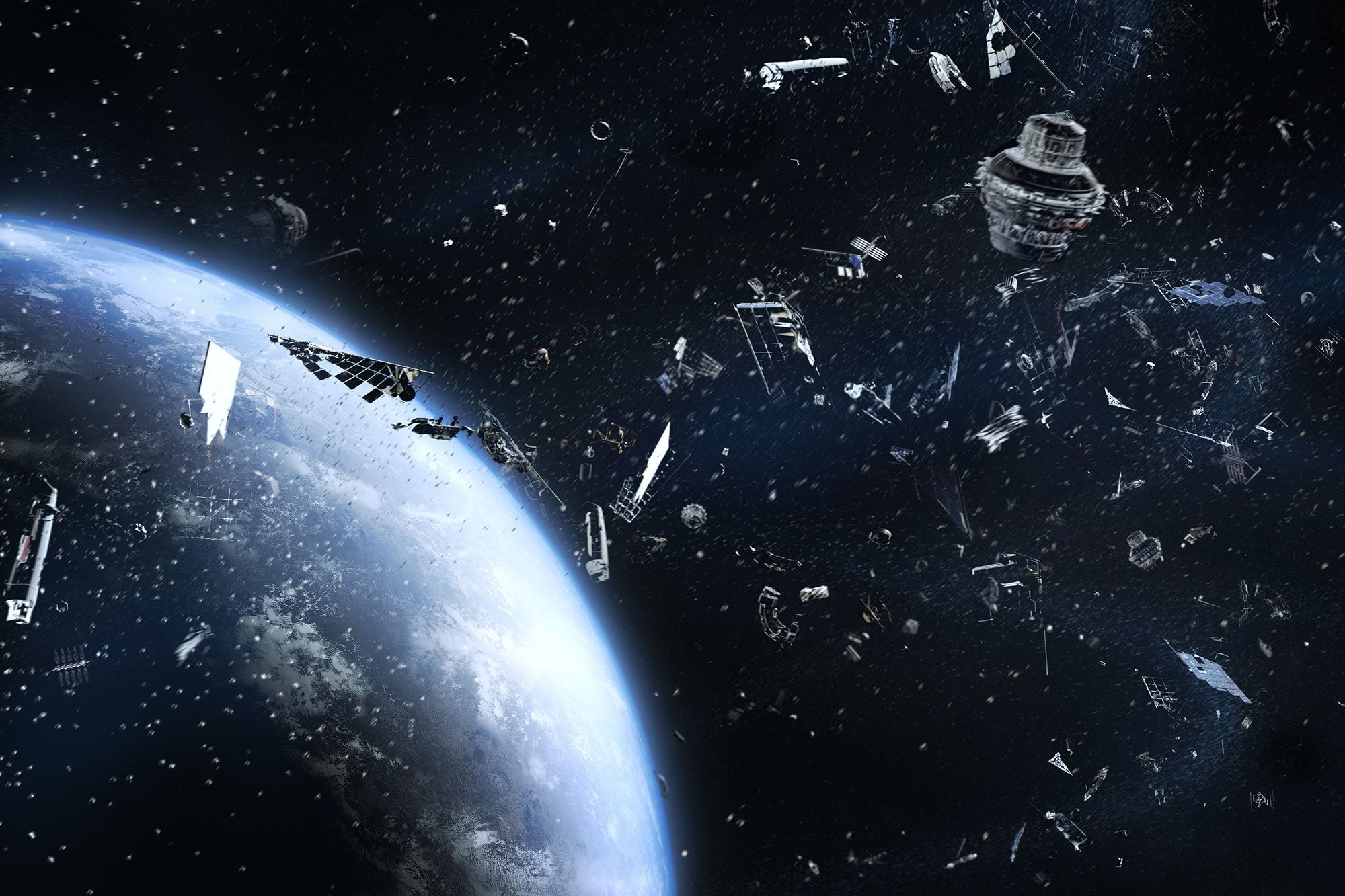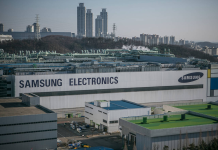
You might not see it when you gaze up at the night sky, but there’s a whole lot of junk orbiting Earth right now. Pieces of defunct satellites, discarded rocket stages, and other manmade debris circles our planet like a giant bubble of trash. Tracking the positions of these objects is necessary for the safety of working satellites as well as crewed missions and even the dangers they pose to the International Space Station.
As MIT Technology Review reports, a new technique to track this debris is offering the ability to spot space junk in broad daylight, rather than within tiny time windows as was previously the case.
Firing lasers into space is one way that scientists track space debris. When the laser hits an object it bounces back, and scientists can detect that response and keep records of the junk as they find it. Unfortunately, this technique doesn’t offer much in the way of accuracy, and it’s difficult to pinpoint the location of objects based on the laser response alone.
To enhance the effectiveness of the laser method, scientists peer into the sky with lenses designed to detect the reflections of sunlight off of the objects. This, however, can only be done during dawn or dusk, as full daylight obscures the imaging instruments and prevents easy detection and tracking.
In a new paper published in Nature Communications, researchers explain how they devised a new method with which to track space junk in broad daylight. They built a special imaging system with filters that allow them to see stars in the blue sky. That’s an achievement on its own, but what this also allows for is the comparison of reflections from space debris with the background stars, since the debris is significantly brighter in the sky.
“Space debris objects are visualized against the blue sky background and biases corrected in real-time,” the researchers say of their new system. “The results are a starting point for all space debris laser ranging stations to drastically increase their output in the near future. A network of a few stations worldwide will be able to improve orbital predictions significantly as necessary for removal missions, conjunction warnings, avoidance maneuvers or attitude determination.”
The tracking of space debris is going to become more and more important as we continue to explore our Solar System with probes and even manned missions. Navigating between all the junk we’ve already thrown into space will become ever more challenging, but systems like this one might make things a tiny bit easier.











